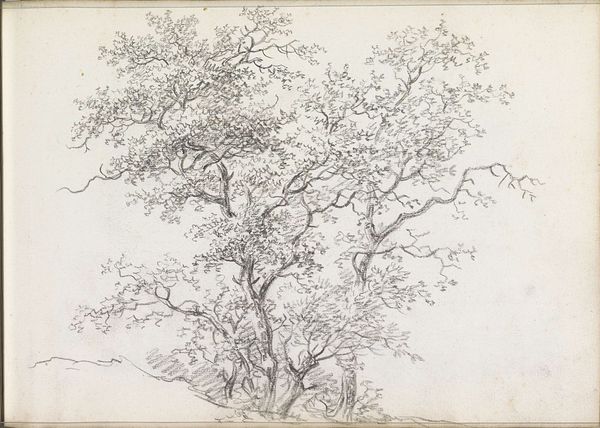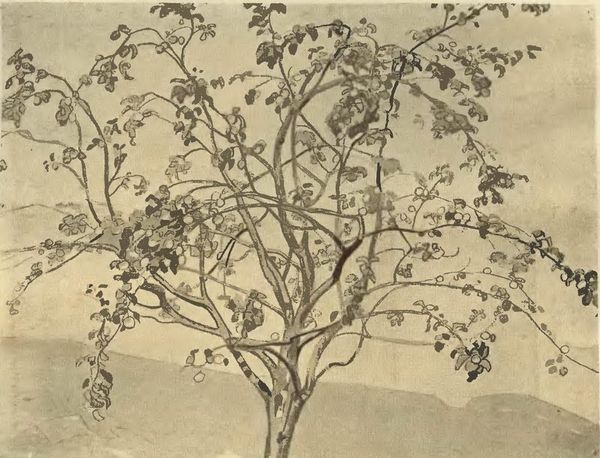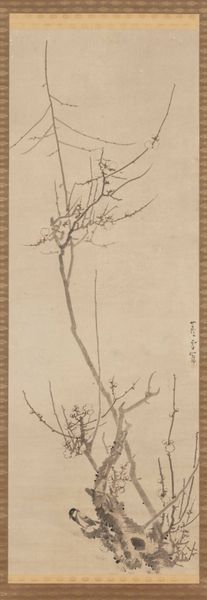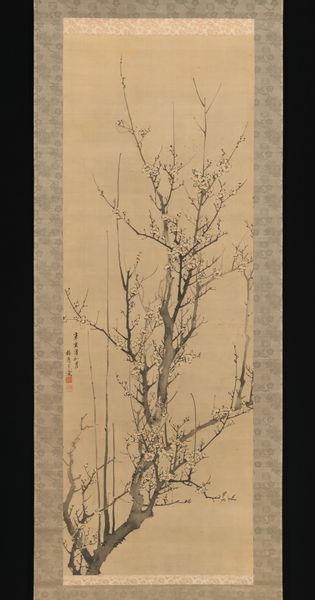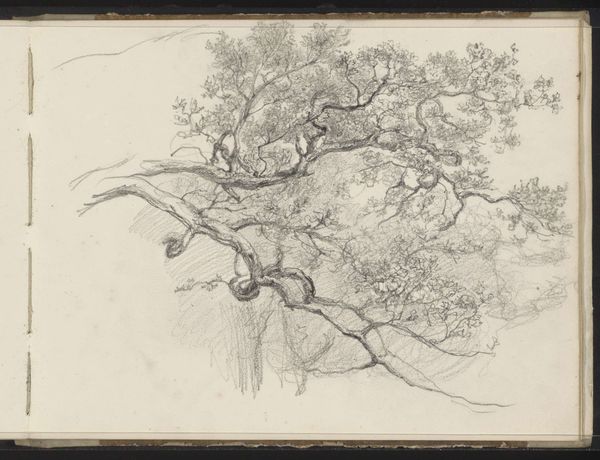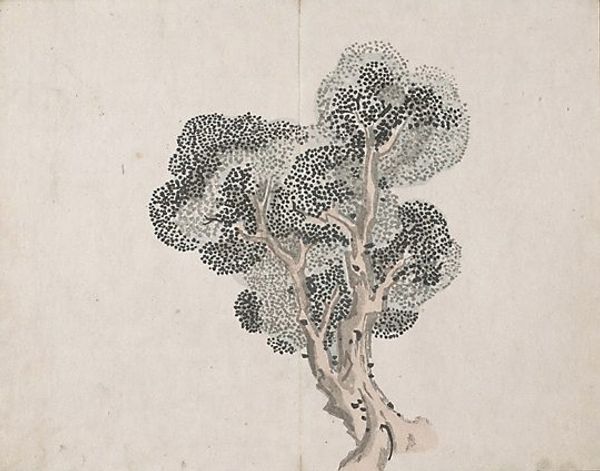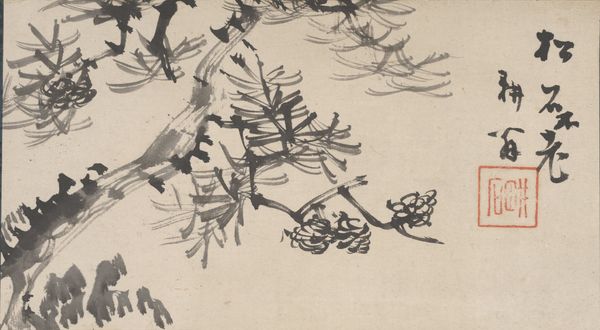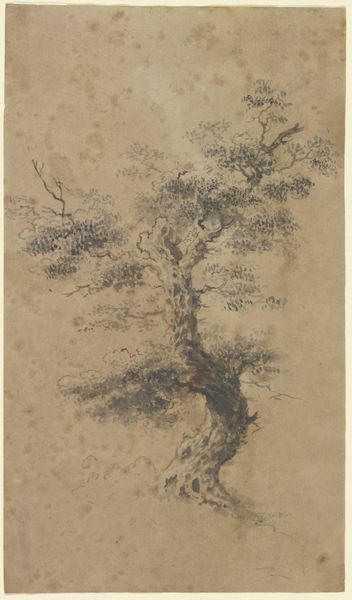
drawing, print, etching
#
drawing
#
ink drawing
#
pen drawing
# print
#
etching
#
landscape
#
line
Copyright: National Gallery of Art: CC0 1.0
Editor: Right, so here we have Ernest Haskell’s print, “The Hunchback," an etching showing what looks like a windswept tree clinging to… something. There's this beautiful, gnarled texture in the trunk, but I'm not quite sure what to make of it as a whole. What jumps out at you? Curator: It’s curious, isn’t it? This solitary tree. The title, “The Hunchback," already casts a spell, hinting at hardship and resilience. It makes me wonder, what unseen forces have shaped its crooked form? Is it fighting against the wind, the earth, perhaps even the expectations of being a 'normal' tree? Editor: I see what you mean about the title. I didn't pick up on it initially, but “Hunchback” is kind of poignant. It seems to be about something more than just botany. Curator: Precisely! And look at how Haskell uses line – so delicate yet strong – to create this sense of weathered endurance. You can almost feel the wind pulling and the sun beating down on it. Imagine, if you will, this tree as a metaphor. For a life lived on the edge, bending but never breaking. Editor: It’s funny, now that you mention metaphor, the composition, with all those twisted branches reaching out, it reminds me of my own struggles sometimes. It almost feels comforting that something, even a tree, can be both flawed and beautiful. Curator: Yes! That's the power of art, isn’t it? To find beauty and meaning in unexpected places. It allows us to see reflections of ourselves, of our world, in the most peculiar things. I leave with a deeper appreciation of resilience, how nature can shape life’s trajectory, like a hidden compass. Editor: Agreed, I definitely won't look at a twisted tree the same way again.
Comments
No comments
Be the first to comment and join the conversation on the ultimate creative platform.


